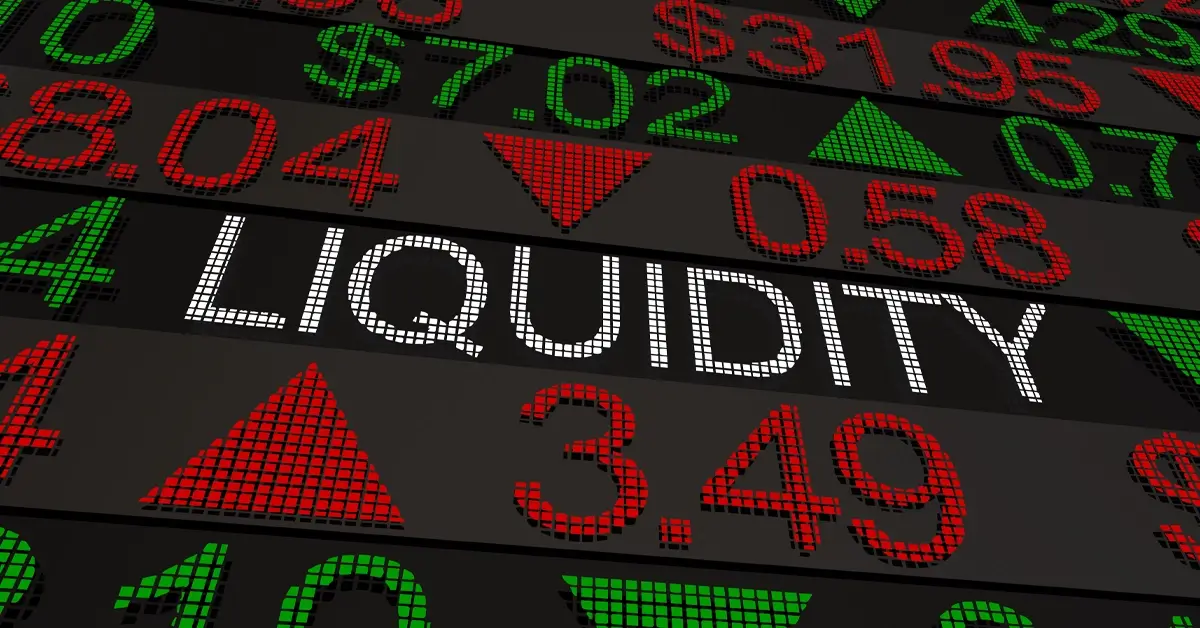By Harvest ETFs

More than 78% of survey respondents said they were concerned about the impact of inflation on their savings. 47% said they were concerned about a lack of guaranteed income and 48% said they worry about outliving their savings.
All three of these concerns come down to income. New Canadian retirees, many of whom retired early due to COVID, are worried that they don’t have a stable source of income that can overcome the rapidly rising cost of living and last for their whole lifespans.
One income asset class can help with those worries.
Inflation worries come after years of low yielding bonds
The income concerns discovered by the survey should come as no surprise. For the better part of a decade income yields from fixed income investments have been at or near historic lows. Retirees used to live on the income these investments provided but yields at sub 2% levels have been unsustainable.
More recently, rates have begun to rise as central banks attempt to reign in inflation. However, with inflation in spring of 2022 hitting levels above 6%, those rising bond yields are still paying negative real income.
That trend is reflected in the fact that 78% of survey respondents said they were concerned about inflation. Many traditional income sources seem incapable of matching what inflation has done to ordinary retirees’ balance sheets.
Many income sources, but not all.
Equity Income ETFs for retirees
An equity income ETF takes a portfolio of equities—stocks—and uses a combination of dividends and a covered call strategy to generate consistent monthly cashflows for unitholders. This results in an ETF with a target annual yield that can be as high as 8.5%, paid in the form of a monthly cash distribution. These assets can still participate in market growth opportunity, like an ordinary equity ETF, albeit with some growth opportunities limited due to the covered call strategy. The end result is a product paying consistent income with exposure to market growth opportunities.
This product set can be very helpful for new retirees, like those surveyed by RBC, who are concerned about their income. Monthly cashflow paying at a higher annualized rate than bond products can help exceed the increasing cost of living. At the same time, participation in market growth opportunity can mean the value of a portfolio can still rise over time and help deal with the concerns about planning for a longer retirement.
Because Equity Income ETFs are comprised of stocks, they can cover a wide range of investment strategies to suit different investors’ goals. From defensive sectors like healthcare and utilities, to more growth-oriented sectors like tech, it’s important for investors to choose an ETF that suits their needs. Sometimes these strategies can be combined, as with the Harvest Diversified Monthly Income ETF which invests in 5 individual Harvest equity income ETFs and has a current yield of 9.52% as at May 13, 2022.
The worries expressed by new retirees in the RBC survey point to a market where traditional income sources have become harder to find. As retirees face those worries, they should be aware of the potential equity income ETFs have to deliver higher yields and improve their retirement cashflow outlook.













